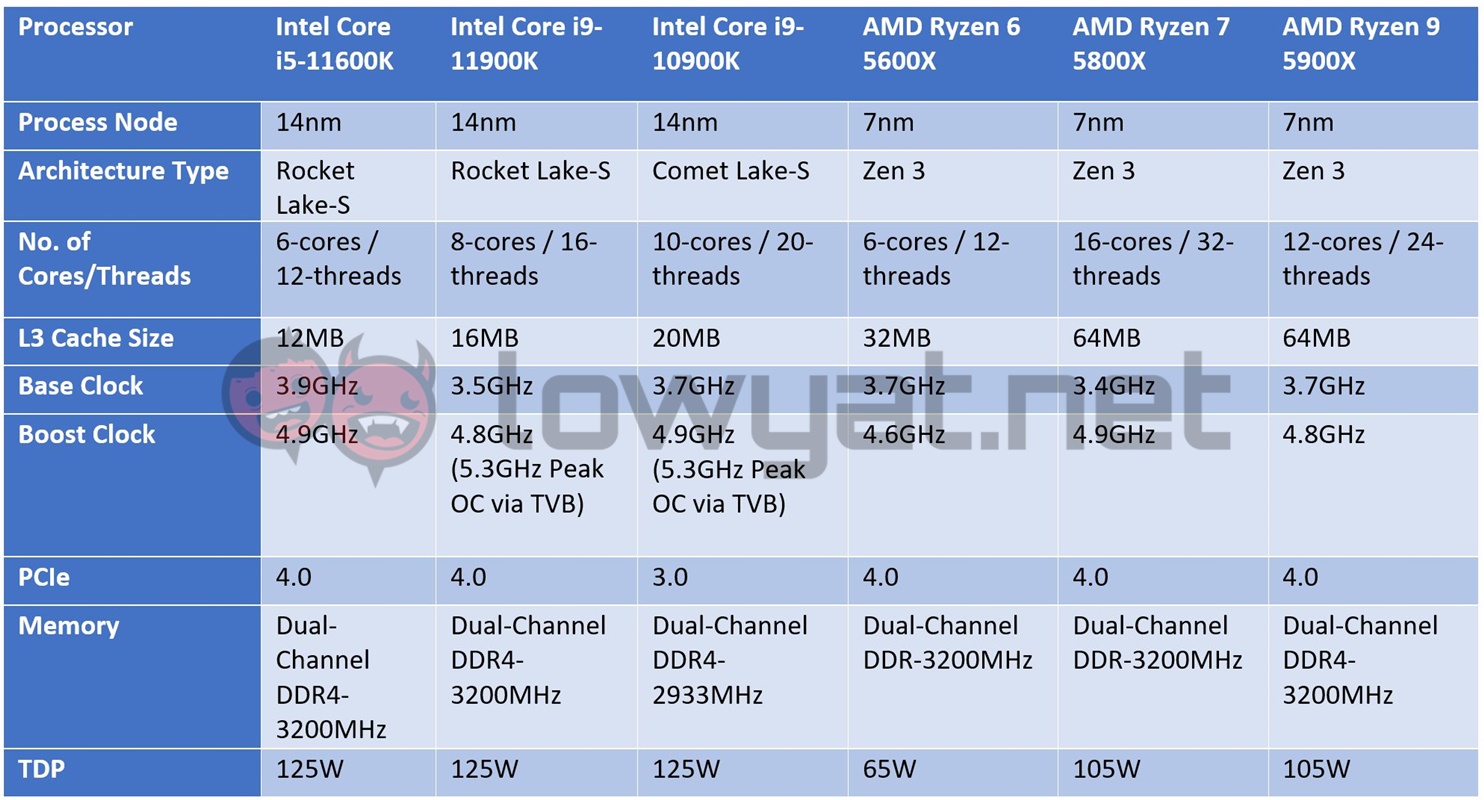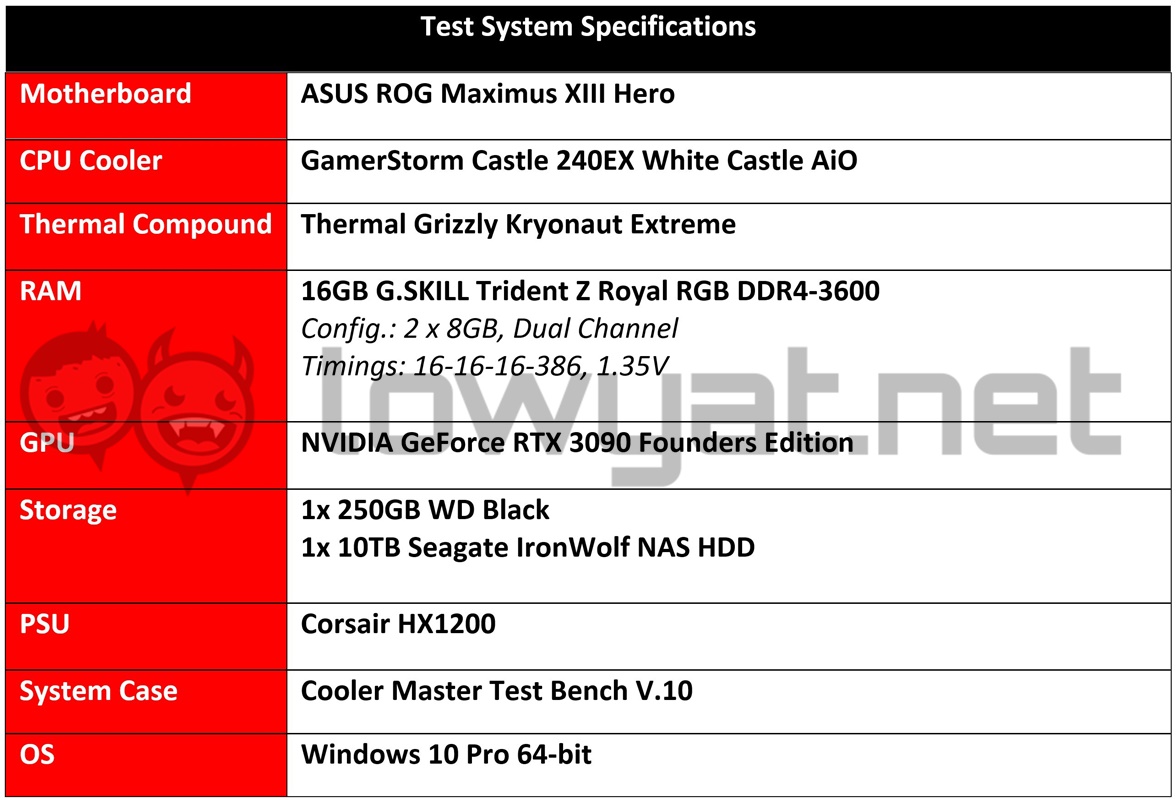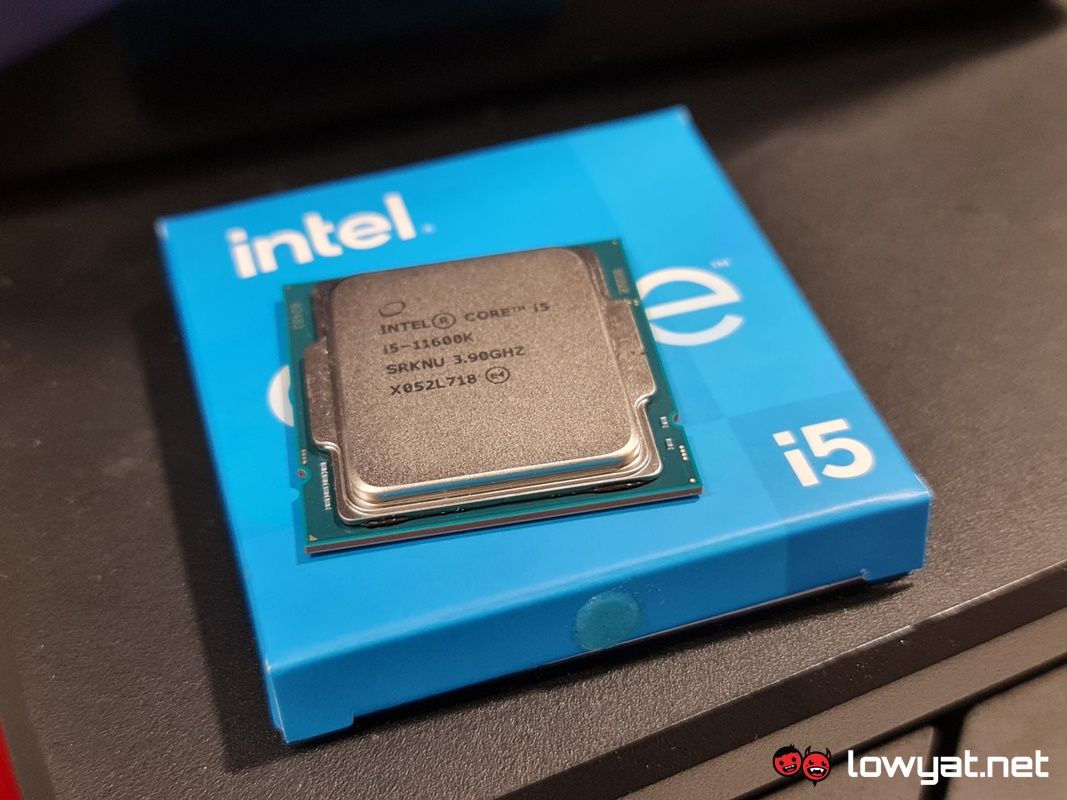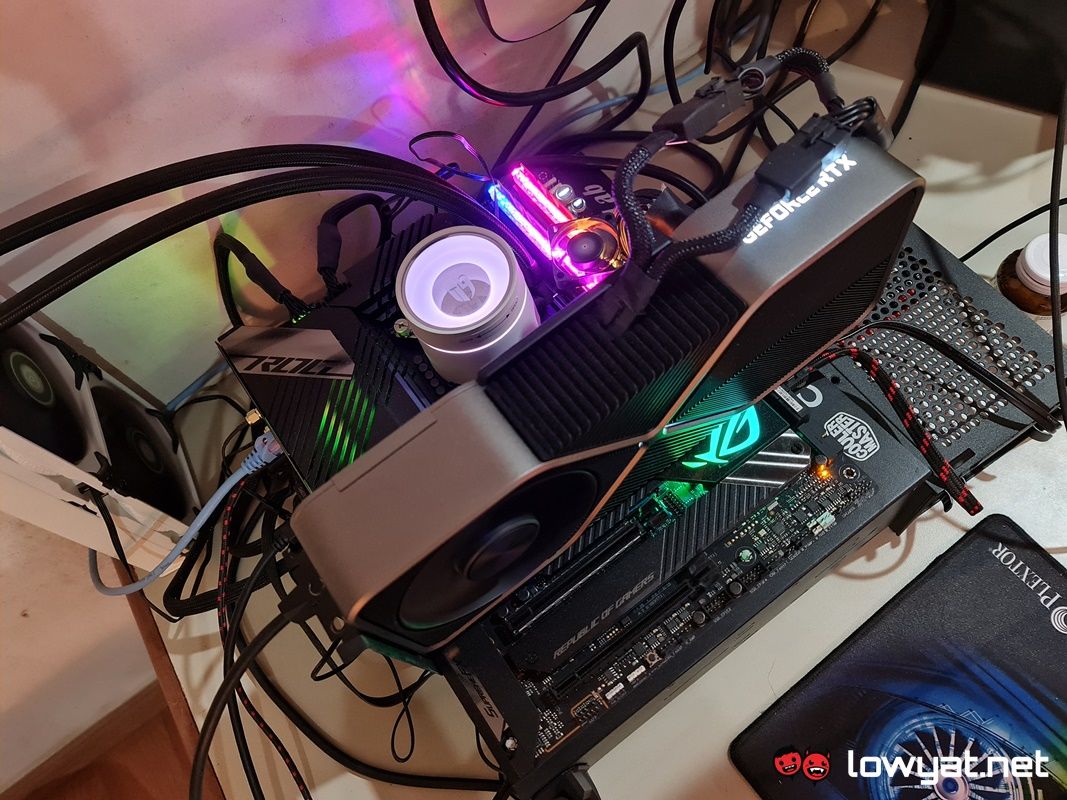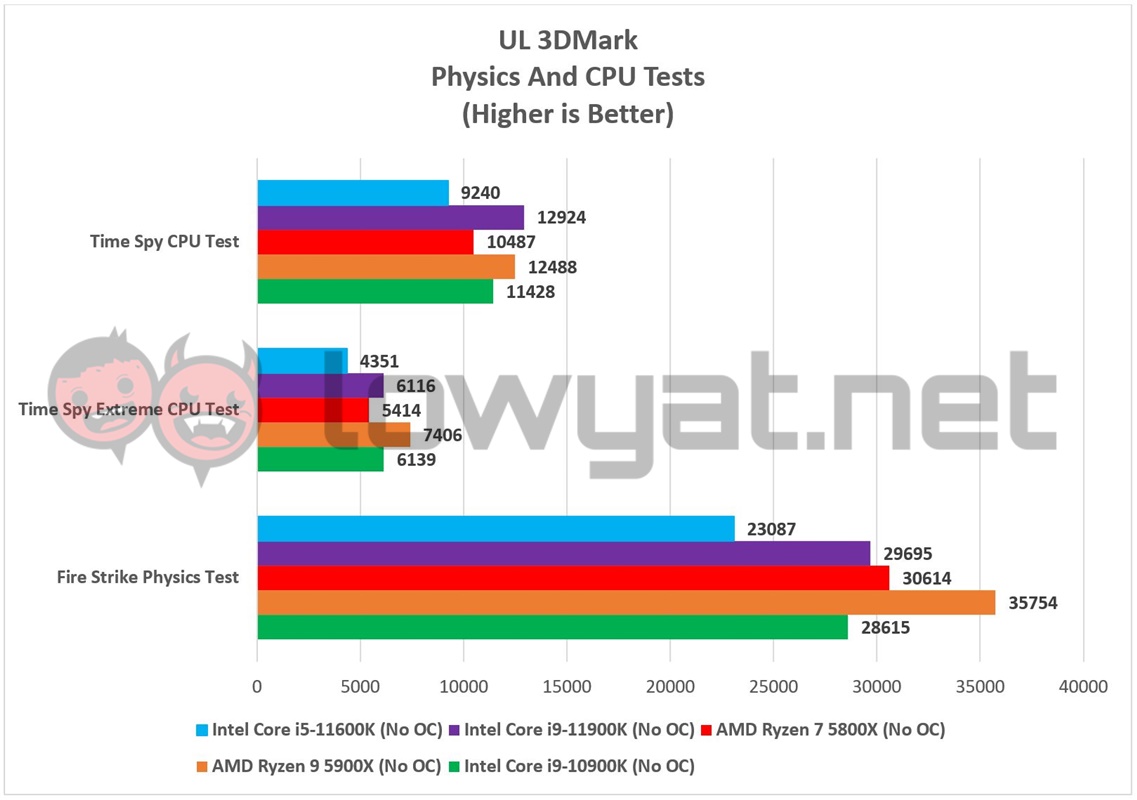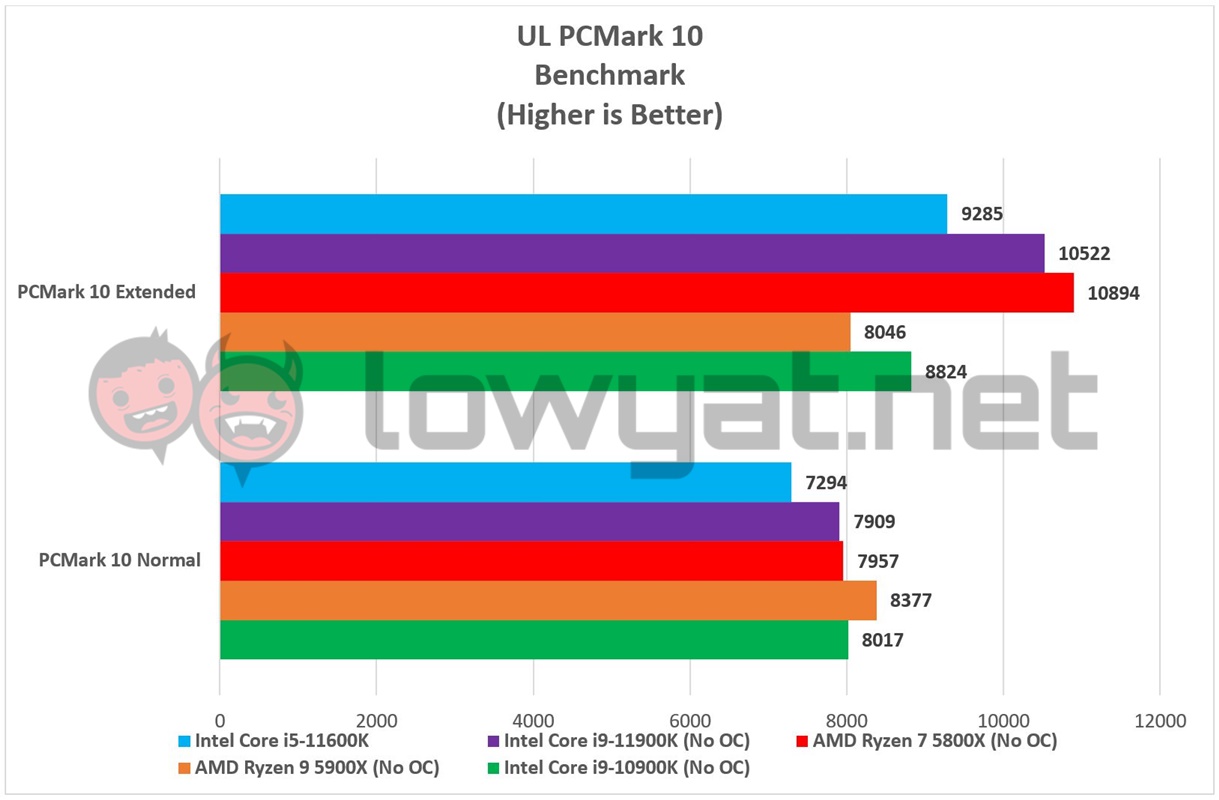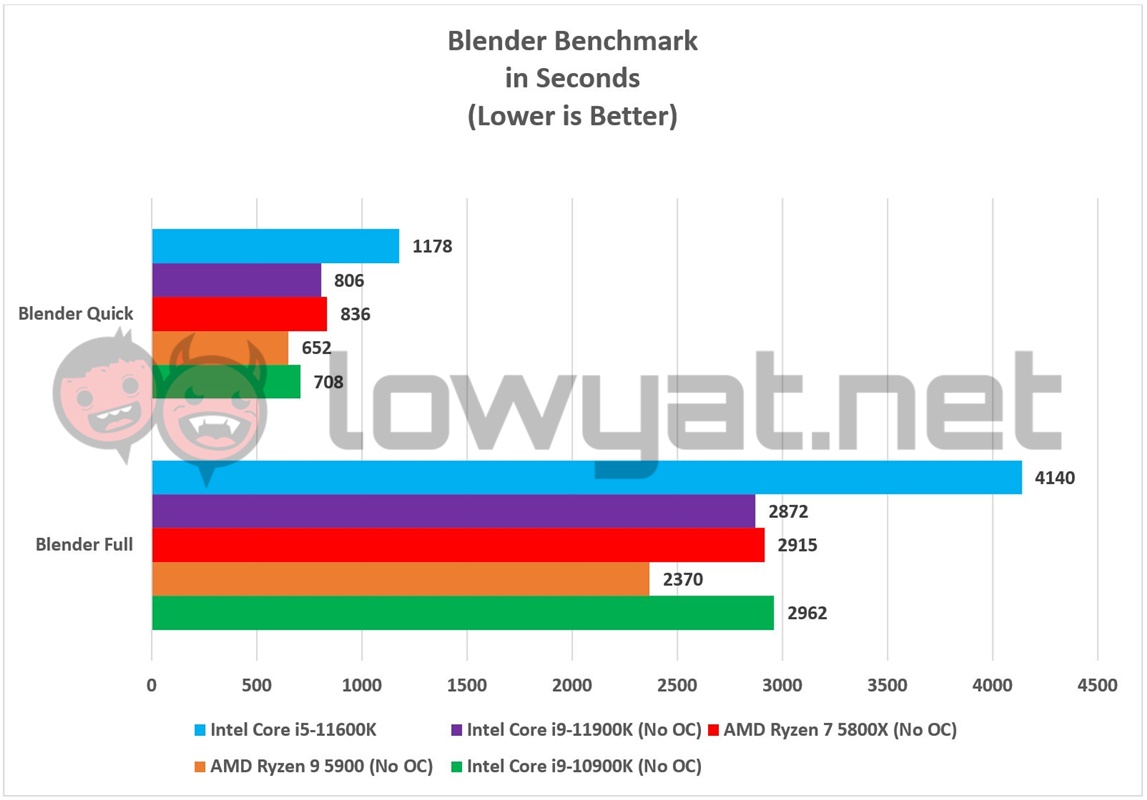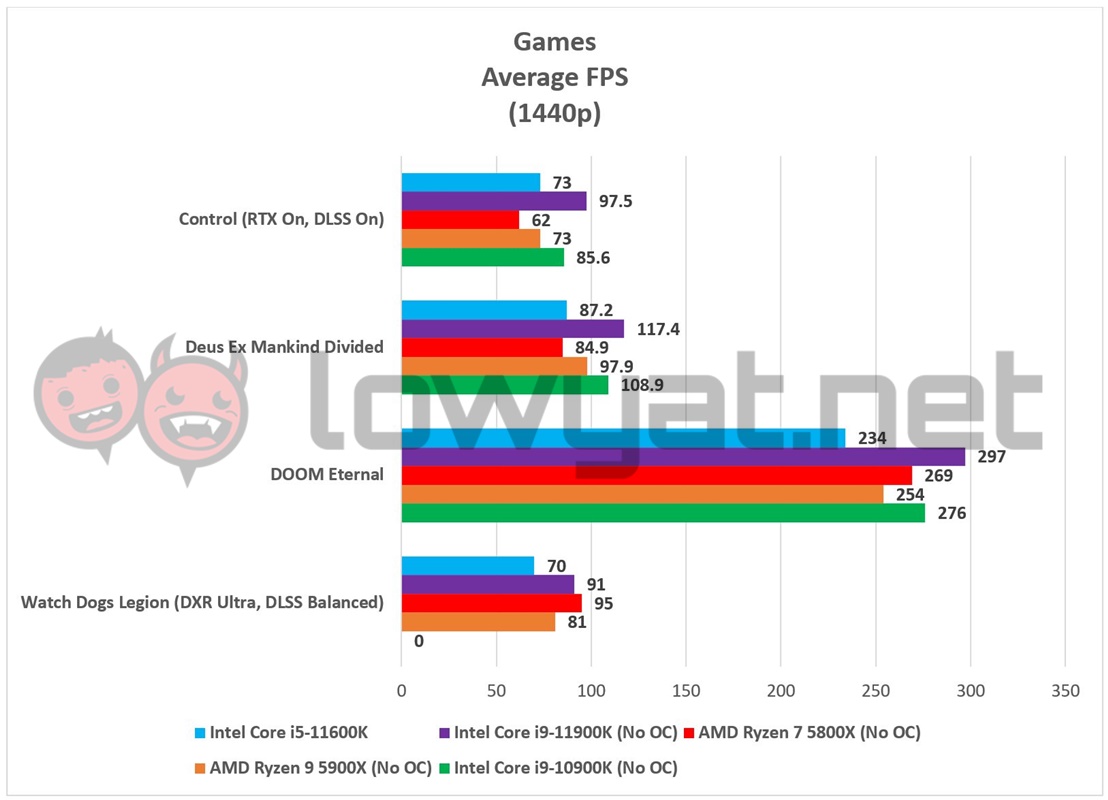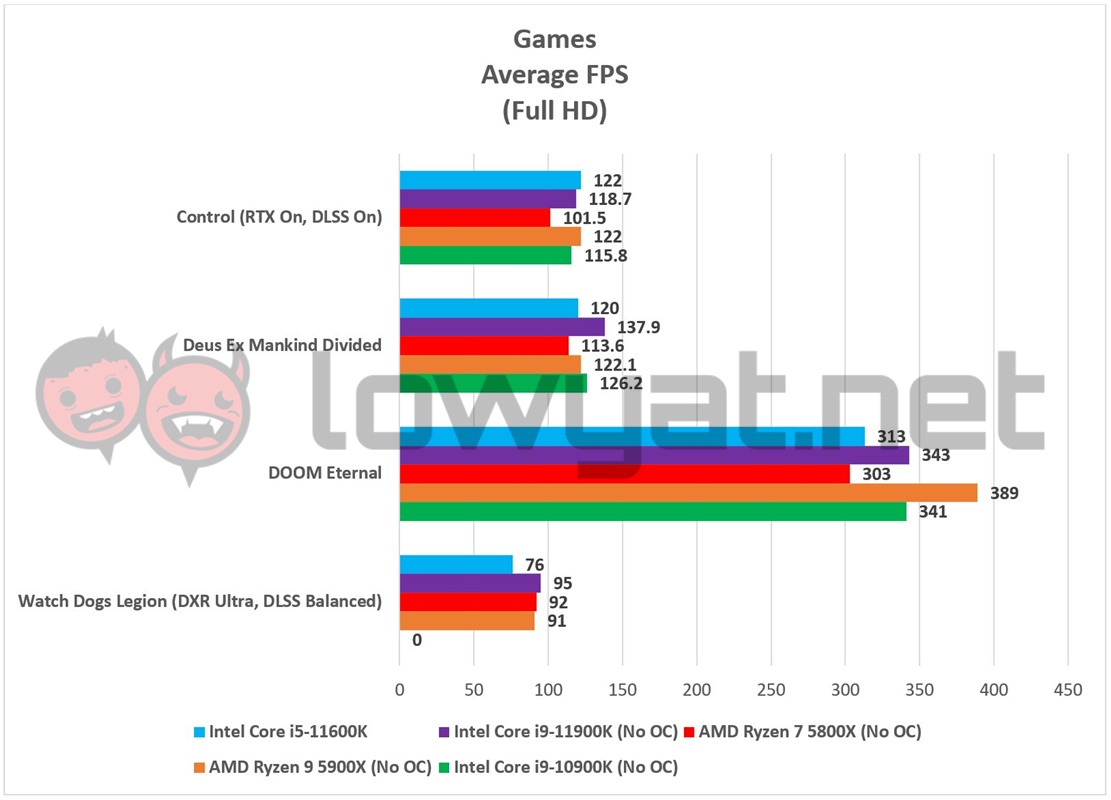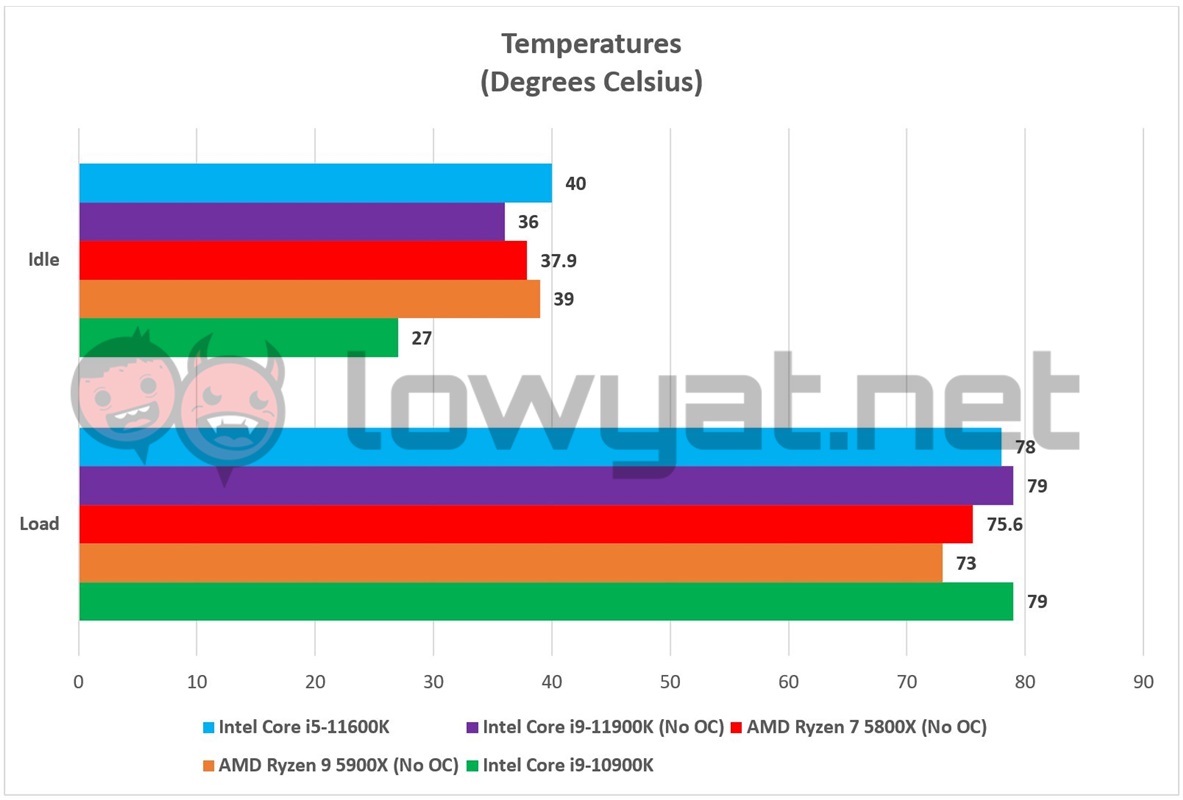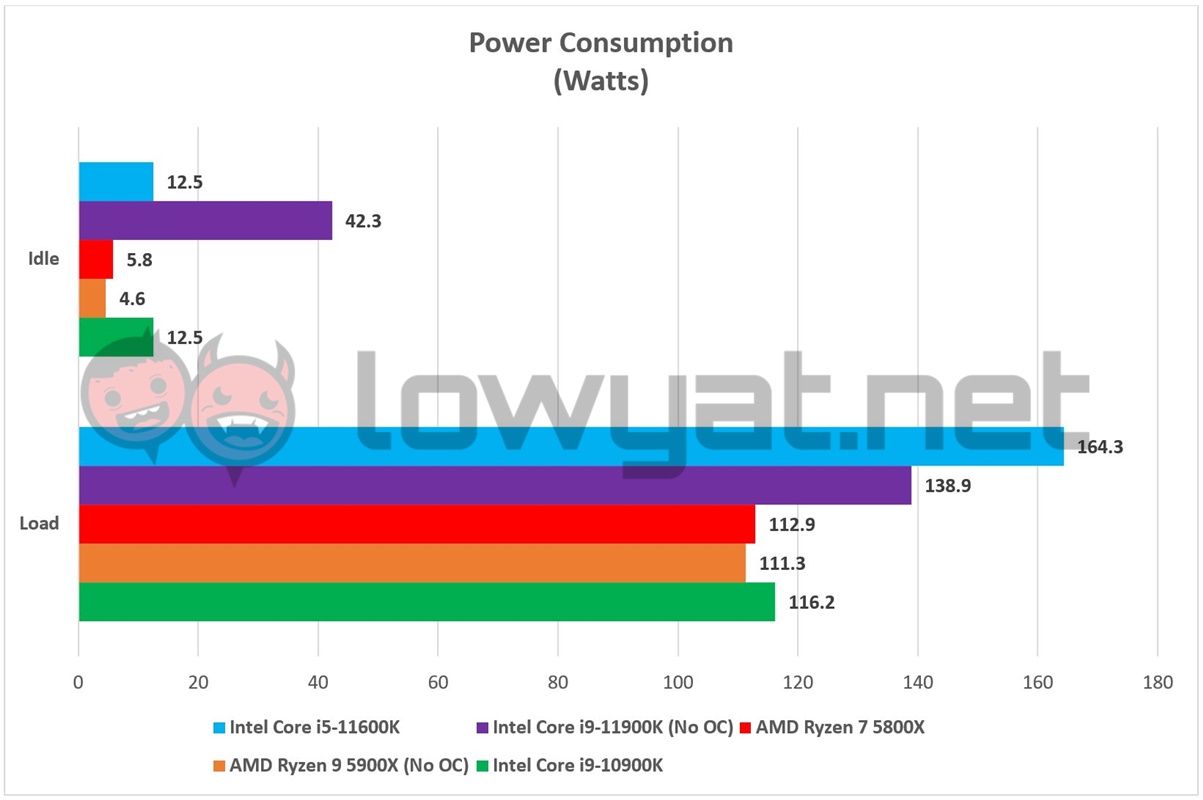Intel’s 11th generation Rocket Lake-S desktop CPU would have been on the market for nearly two months. Spearheading the charge, of course, is the Core i9-11900K that, while powerful in its own right, didn’t quite reach the same level as its direct competitor from Team Red.
But that’s Intel’s top-of-the-line CPU, and if you’re setting your sights on an Intel build and looking for something more affordable and still utilising more than 4-cores, there’s the Core i5-11600K.
Specifications
Given that the 11600K is based on the same 14nm die lithography as the 11900K, I’ll spare you the pain of repeating myself and skim through them. On paper, the 11600K sports a 6-cores, 12-threads layout, has a 12MB Intel Smart Cache, and a base and boost clock of 3.9GHz and 4.9GHz, respectively.
Intel’s TVB technology is present, but it doesn’t seem to push the 11600K’s performance any higher than its 4.9GHz boost clock.
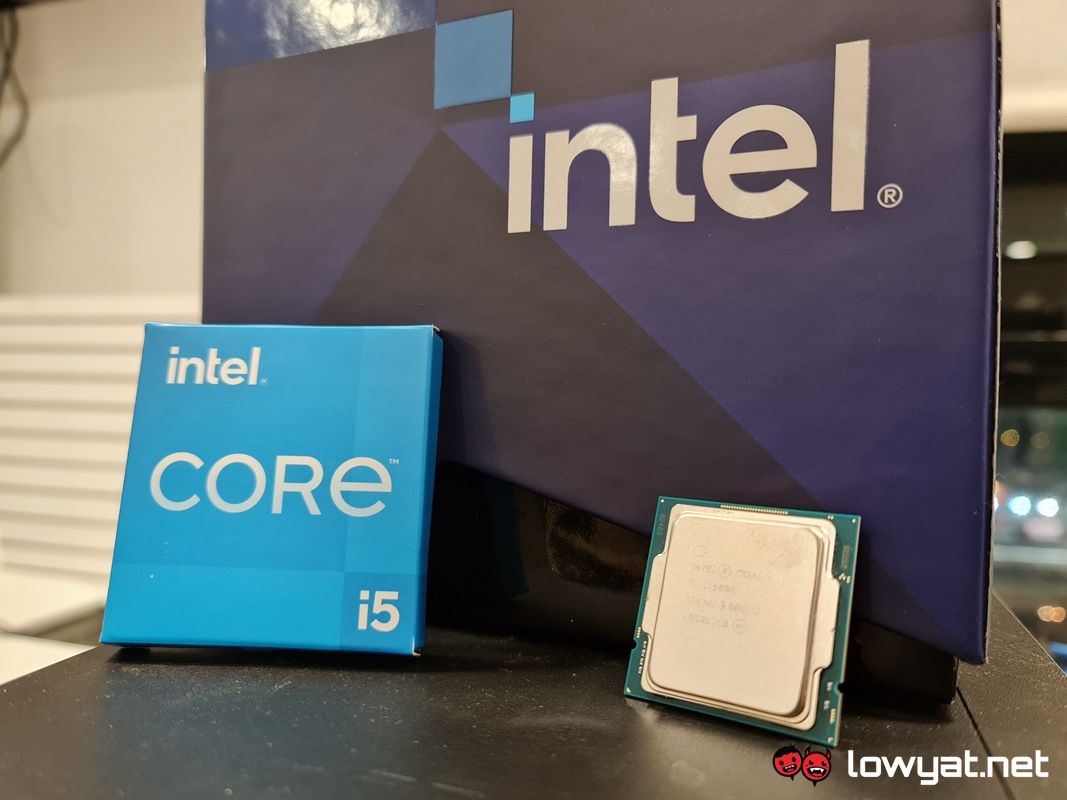
More importantly, the 11600K also gains access to the PCIe 4.0 interface, bringing it up to speed with AMD and its own Ryzen desktop CPUs. On that note, it’s not the most power-efficient of mid-range CPU; compared to the Ryzen 5 5600X’s 65W TDP, the 11600K is designed to pull 125W off the wall, while its rival’s TDP is half that at 65W.
Another difference between the two processors is price: while comparatively the same, the 11600K currently retails around RM200 less than the price of the 5600X and nearly half that of the 5800X.
Testbed
Once again, just as I did with the 11900K, the testbed I am using to test the 11600K remains unchanged. To that end, the results listed in the following section are of the CPU being run straight out of the box, with no overclocking done to it.
On a related note, I have simplified the gaming benchmarks to two charts, for this review. As to the criteria observed, I am listing just the average framerates for each game title and limiting the resolutions to just Full HD and 1440p.
Benchmarks
As expected, the 11600K doesn’t pack quite as much punch as the 11900K or Ryzen 8 5800X, but having said that, it’s no slouch in the synthetic benchmark tests either. While the 5600X isn’t included in the list, both CPUs are actually more or less on par with each other in the field.
When it comes to gaming, however, I am happy to say that the 11600K is anything but a disappointment. More often than not, the processor actually outperforms and outpaces the 5800X and, to my surprise, actually matches 5900X in frames, for titles like Control.
Temperature And Power Consumption
One thing about the 11600K that caught my eye was just how toasty the CPU actually got at certain points. To be clear, the CPU’s overall load temperatures hovered between 75°C and 78°C, but there were situations when it actually hit 100°C and actually stayed there.
The good news is that this happened only a few times during the initial stages of my review. I believe this to be an anomaly and for good measure, I removed the CPU cooler, reapplied a fresh layer of thermal paste, and reattached the cooler. Mercifully, the spike never occurred again.
While I did manage to deal with the heat issue, I also noticed that the 11600K was consuming a substantial amount of power at load. And by that, I mean substantially more power than even the 11900K.
Conclusion
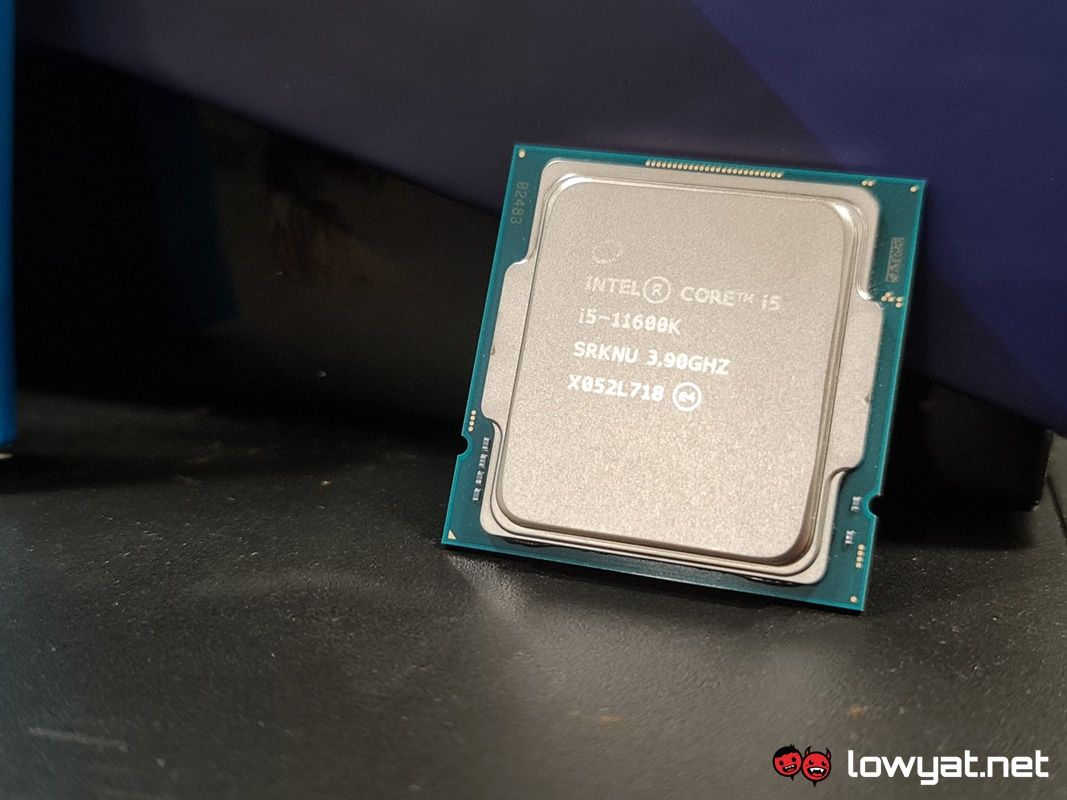
When I reviewed the Core i9-11900K, I expected a little more than a repeat performance of its predecessor. With the 11600K, the chipmaker seems to continue one of its longest-standing traditions: making mid-range processors that absolutely appeal to gamers on the lookout for a CPU that isn’t going to rip their wallets a new hole.
Couple that with the fact that, once again, Intel’s 11th generation of CPUs finally comes with all the latest accoutrement – PCIe 4.0, Resizable BAR, to name a few – and its SRP of RM1160. It’s not wrong for me to say that the 11600K is a highly attractive option from Team Blue. Especially if some of you have entered a “anything goes” mood, brought about by this ongoing chip shortage.
Follow us on Instagram, Facebook, Twitter or Telegram for more updates and breaking news.



